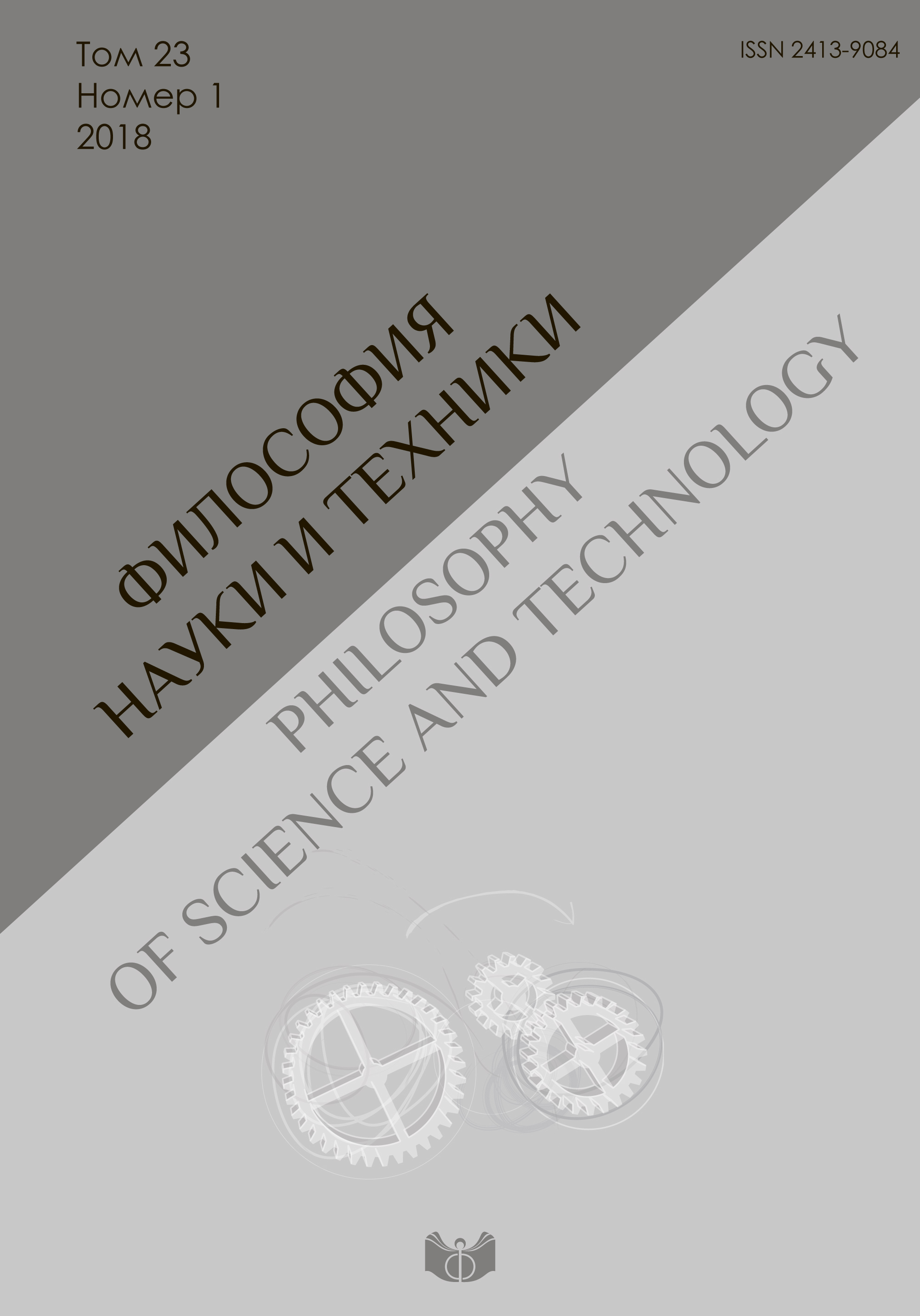Crowdsourcing in science: a new element of scientific infrastructure
DOI:
https://doi.org/10.21146/2413-9084-2018-23-1-141-155Keywords:
crowdsourcing, Internet, knowledge in digital era, knowledge societyAbstract
The article discusses the use of crowdsourcing technology, which is increasingly used by scientists and research and development units of corporations to attract non-professionals to research tasks. The use of this technology involves several risks. Today, the search for information on the Web is becoming more and more personalized, i.e. search algorithms are guided by the behavior of a particular network user. As a result, the search history affects the results. The non-professional's confidence in the data obtained by searching the network can affect the results of crowdsourcing projects. Search technology forms two types of knowledge used in research: those with a systemic character and situational ones. Active participation in crowdsourcing projects can lead to situational knowledge becoming part of the system knowledge of the project participant, as well as to situations in which part of the knowledge will be used only once. As a result of the use of the technology, a community of professionals can emerge, which, though not having formal institutional recognition, would possess sufficient competence to solve scientific and technical problems at a high professional level. Due to this technology, they can take part in solving puzzle problems, although it is unlikely to solve fundamental scientific and technical problems. As a result of using crowdsourcing technology, an array of "distributed knowledge" is created, which can be used by any participant in the project. However, this technology should not be considered as one of the steps to the formation of a collective subject of knowledge. Within the framework of scientific and technical projects, it is always under the close supervision of experts, and therefore it should rather be seen as a communicative platform. Crowdsourcing technology can become one of the elements of the scientific and technological infrastructure that facilitates the inclusion of the population in scientific, technical and innovation activities and become an important element in the formation of a knowledge society.











